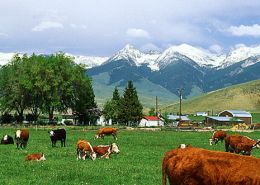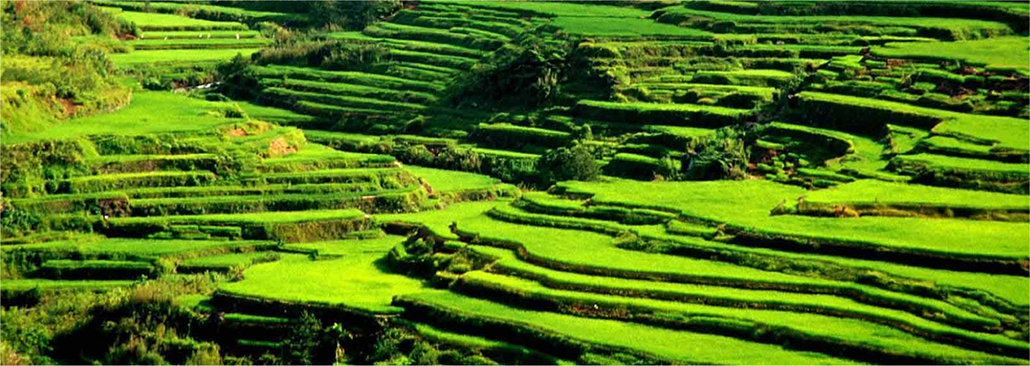Livestock Development Goals – Definitions and Measurement
Place: Global • Dates: 2006-10 • Partner: FAO
As part of its commitments to advancing livestock’s contribution to poverty alleviation, the FAO’s Pro-Poor Livestock Policy Initiative (PPLPI) is developing a set of overall development objectives and metrics to assess progress toward them. These objectives have been named the Livestock Development Goals (LDGs) to evoke their close relationship with the more general Millennium Development Goals (MDGs) promulgated by UN institutions to assess progress in global living standards. While the livestock development goals and indicators are of independent relevance and interest to PPLPI and livestock policy makers, their conformity with the MDGs recognizes the usefulness of the latter in the international development dialogue and is also intended to emphasize the integral contribution of livestock to improving the livelihoods of the majority of the world’s poor who live in rural areas.
This note sets forth eight Livestock Development Goals that will be used to measure progress and performance of livestock oriented policies in poor countries, particularly those policies associated with the FAO’s own PPLPI. The goals cover not only direct economic contributions from livestock production, but a variety of other welfare criteria associated with this economic activity, nutrition, including hygiene and disease risk, and sustainable agricultural practices. In addition to the LDGs themselves, we set out a series of indicators to measure the degree of progress toward each of the goals. These indicators offer a means to draw upon the immense and diverse reserve of household survey and other data that has been assembled in developing countries. Over twenty types of indicators are proposed, each distilling raw data to better interpret the effectiveness of development policies ex post, concurrently, and even (using simulation methods) ex ante.
By establishing standards and metrics as well as supporting policy dialogue, it is hoped that PPLPI can contribute to more effective development strategy in its own programs and in the larger universe of rural, agricultural, and food oriented policy.
The following eight Livestock Development Goals are proposed for use in program evaluation.
Livestock Development Goals
Goal 1: Eradicate extreme poverty: Halve between 1990 and 2015 the proportion of livestock dependent people whose income is less than 1$/day.
Goal 2: Increase smallholder food security and protein sufficiency: Promote gender-balanced policies to enhance the role livestock as a source of income and protein. Reduce by 2/3 malnutrition among smallholders by 2015.
Goal 3: Increase smallholder value-added: Double budgets for public investment enhancing smallholder access to extension services and markets by 2015, with emphasis on public actions that raise productivity and reduce livestock market distortions.
Goal 4: Improve animal health (and welfare?): Promote higher standards for animal health, husbandry, including hygienic and humane production and processing practices.
Goal 5: Combat epidemic and zoonotic diseases: Avert major epidemics and reduce the incidence of transboundary animal diseases and zoonoses by 1/2 by 2015.
Goal 6: Ensure sustainability of livestock keeping: Integrate the principles of sustainable development into livestock policies and programs. Avoid overstocking and promote sustainable patterns of land and water use, agrochemical and pharmaceutical application.
Goal 7: Conserve indigenous livestock varieties: Each country shall maintain a complete inventory of domestic livestock varieties, including detailed scientific and economic descriptions, and promote conservation of legacy genetic material.
Goal 8: Develop a global partnership for pro-poor livestock policy development, market standards and technology sharing: Establish a clearing house for dissemination and sharing of intellectual property, genetic material, and technologies related to livestock production, processing and marketing.
Most Recent Entries

Low Carbon Biomass Conversion in the Sierra Nevada





